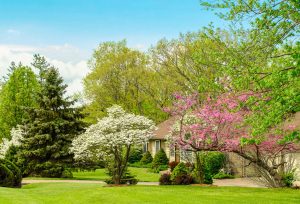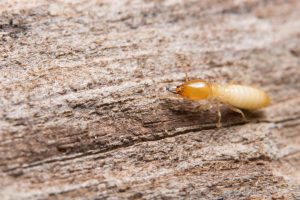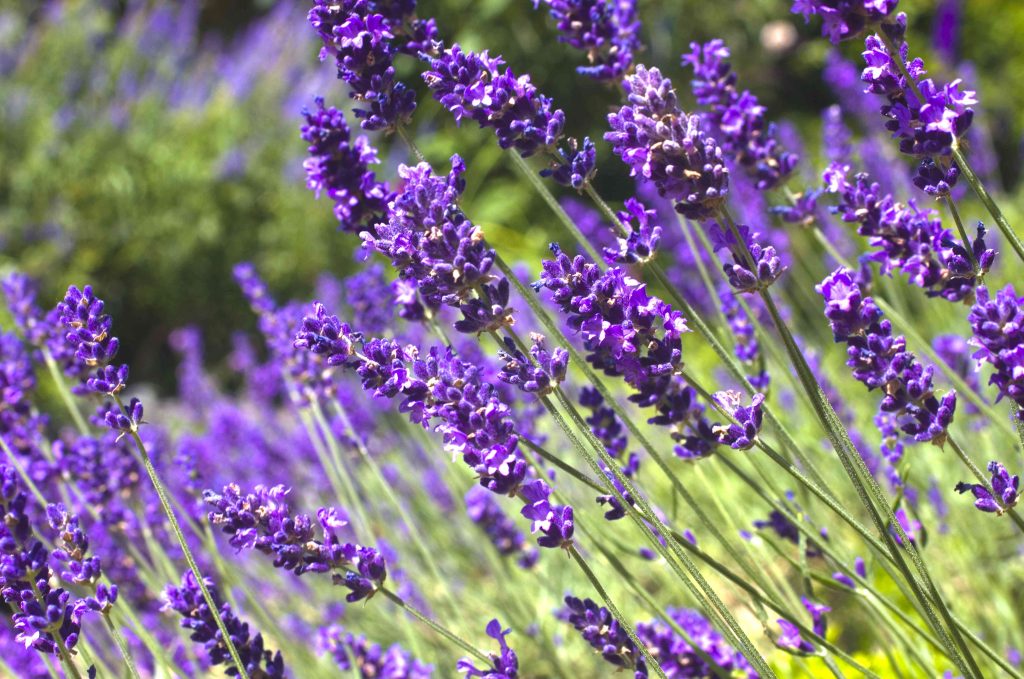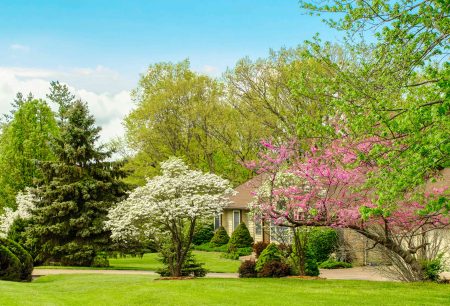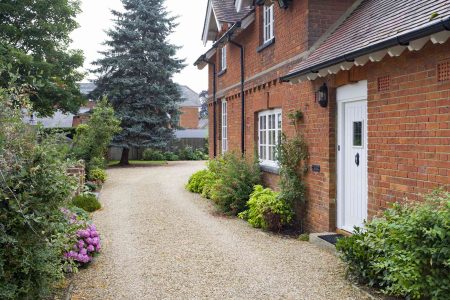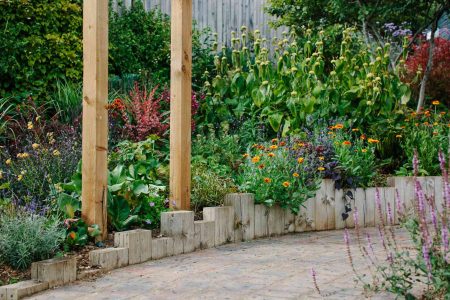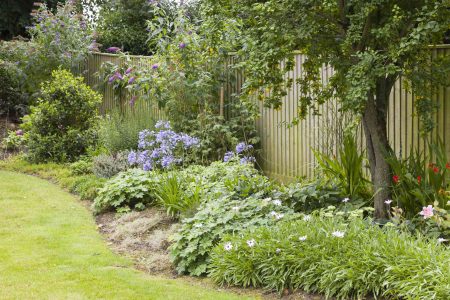Water passes through sandy soil like a sieve—any plants growing in sandy soil must be drought-tolerant, because water passes through too quickly for the roots to take up much water. Luckily, there are many plants that thrive under such conditions including shrubs and annual and perennial flowers.
Learn about 10 plants that love and thrive in a sandy garden soil in this article.
Angelina Stonecrop (Sedum rupestre ‘Angelina’)
Angelina stonecrop is a perennial used as a ground cover. It shares its tolerance for sandy soils with other members of the genus Sedum. The stonecrops are succulent plants: They store water in their plump, fleshy leaves, making them more resistant to drought than many plants.
Angelina is most valued for its chartreuse or golden needle-like foliage, and it also bears yellow flowers.
- Mature Size: 4–6 in. tall, 1–3 ft. wide
- Sun Exposure: Full, partial
- USDA Hardiness Zones: 5a-9a
Want more gardening tips? Sign up for our free gardening newsletter for our best growing tips, troubleshooting hacks, and more!
Silver Mound Artemisia (Artemisia schmidtiana ‘Silver Mound’)
This perennial forms a tight, low mound, making it an ideal edging plant. Grown exclusively for its foliage, silver mound artemisia bears lacy silver leaves.
Need Height?
Grow the related Artemisia ludoviciana ‘Silver Queen’ if you want a taller plant—it reaches up to four feet in height.
- Mature Size: 6-12 in. tall, 12-18 in. wide
- Sun Exposure: Full, partial
- USDA Hardiness Zones: 4-8
Bearded Iris (Iris germanica)
This perennial is grown from a rhizome. It is just one of many forms of the iris, one of the most spectacular flowers in the world. Some are highly fragrant, and they come in a variety of different colors including (but not limited to) pink, blue, yellow, and white.
- Mature Size: 12–40 in. tall, 1 –2 ft. wide
- Sun Exposure: Full, partial
- USDA Hardiness Zones: 4-8
Butterfly Bush (Buddleia davidii)
Although the species plant can be invasive, cultivars such as ‘Black Knight’ tend to be better behaved. Butterfly bush is a shrub known for its ability to attract butterflies, as well as for its spikes of colorful flowers.
In the northern United States it may act more like a perennial, dying back to the crown in winter and pushing up new shoots in spring.
- Mature Size: 3–12 ft. tall, 3-8-ft. wide
- Sun Exposure: Full sun
- USDA Hardiness Zones: 5-9
Coleus (Plectranthus scutellarioides)
While coleus is a perennial in the tropics, it is grown as an annual in the northern United States. It is valued mainly for its colorful foliage.
This is a great choice if the sandy soil you garden in happens to be in the shade. Pinch out the centers of coleus to make your plant bushier.
- Mature Size: 6-36 in. tall and wide
- Sun Exposure: Partial sun to shade
- USDA Hardiness Zones: annual in the North; can be grown anywhere in the U.S. during the summer
Eastern Red Cedar (Juniperus virginiana)
Eastern red cedar is a small evergreen tree that tolerates sandy soil well. Its shape is often columnar, affording architectural interest in the landscape. On mature trees, the reddish-brown bark peels attractively. The leaves are scale-like, and female trees bears bluish berry-like cones that are eaten by some species of wild birds.
- Mature Size: 30-65 ft. tall and 8-25 ft. wide (stays shorter in the northern U.S.)
- Sun Exposure: Full sun
- USDA Hardiness Zones: 2-9
English Lavender (Lavandula angustifolia)
There are several kinds of lavender, and all are versatile plants that thrive in sandy soil. Lavender is a woody perennial herb whose flowers come in shades of purple, violet, pink, or white.
Many gardeners harvest lavender for fresh bouquets, while others dry this fragrant plant for potpourri.
- Mature Size: 24-36 in. tall and wide
- Sun Exposure: Full sun
- USDA Hardiness Zones: 5-9
Moss Rose (Portulaca grandiflora)
Moss rose is an annual ground cover that comes in a rainbow of colors. Its viny stems trail enough to spill attractively over the edge of a container if you wish to grow it in a window box or whiskey barrel. Although an annual, under the right conditions it is known to reseed.
The plant is famous for its tolerance of sandy soils poor in nutrients.
- Mature Size: 3–9 in. tall, 6–12 in. wide
- Sun Exposure: Full sun
- USDA Hardiness Zones: annual; can be grown anywhere in the U.S. during the summer
Russian Sage (Salvia yangii)
Although classified as a shrub, Russian sage—like butterfly bush—often grows more like a perennial. This fast grower has panicles of tiny, bluish-lavender flowers and graceful, silvery stems. It provides an airy look in the flower bed that can lend itself to contrasts with coarser-textured plants.
- Mature Size: 3-5 ft. tall, 2-4 ft. wide
- Sun Exposure: Full sun
- USDA Hardiness Zones: 3a–9b
Tickseed (Coreopsis spp.)
This plant comes in a variety of bright flower colors, including orange, pink, red, white, yellow, and mixed. Deadhead the flowers to promote reblooming.
Tickseed can be either annual or perennial, so check first before buying to ensure you get a plant to meet your needs.
- Mature Size: 2–4 ft. tall, 1-2 ft. wide
- Sun Exposure: Full sun
- USDA Hardiness Zones: 2-11
Read the full article here


